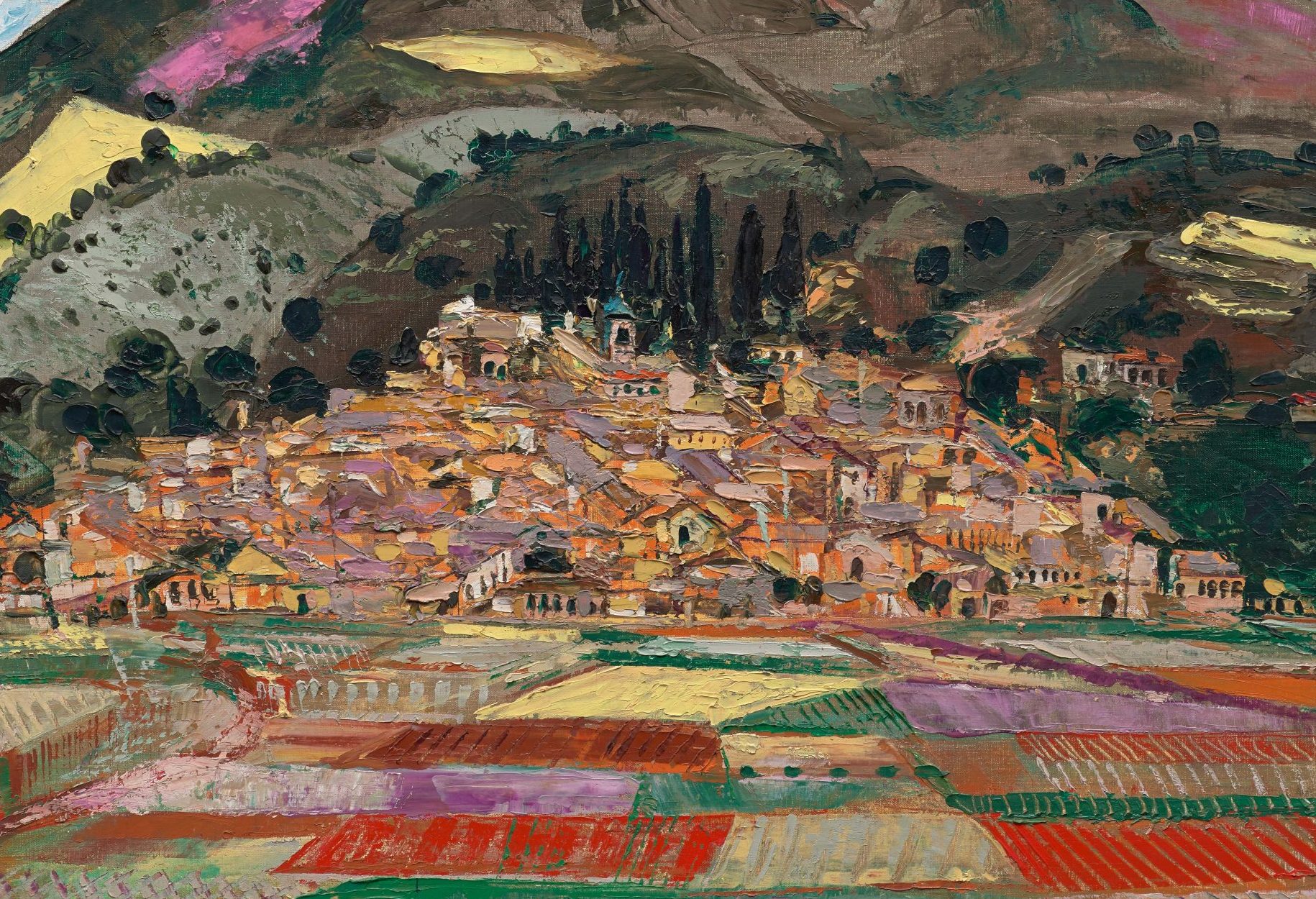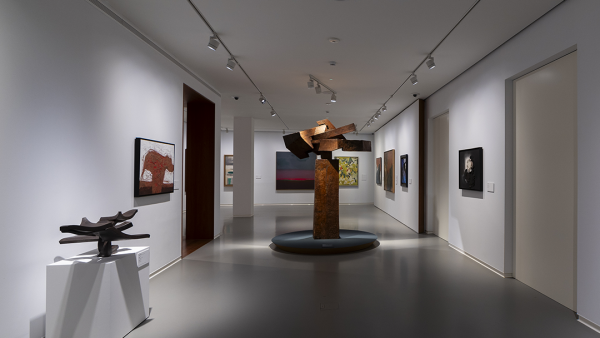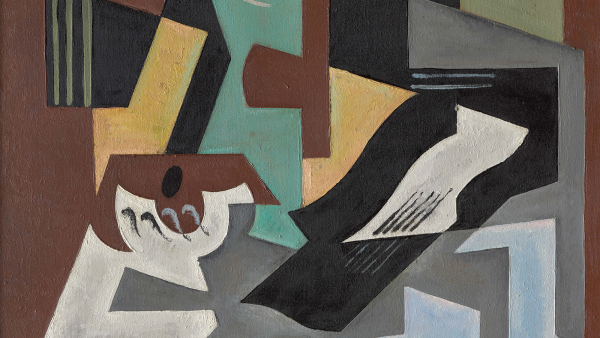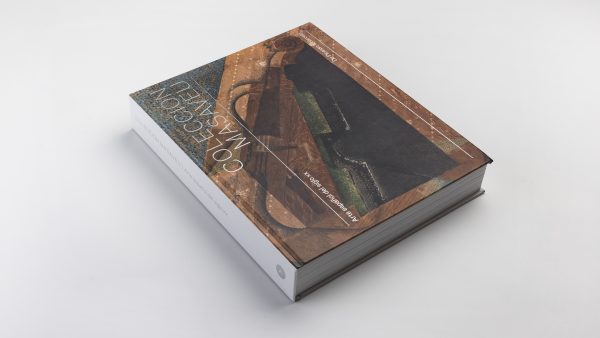FMCMP MADRID CENTRE
16 SEPTEMBER, 2025
19 JULY, 2026

Landscape with village (detail). Benjamín Palencia Pérez. 1968. Masaveu Collection
© Benjamín Palencia Pérez. VEGAP, Madrid, 2025
The Fundación María Cristina Masaveu Peterson is hosting a programme of guest works in connection with Masaveu Collection. 20th-Century Spanish Art. From Picasso to Barceló. Pieces by 20th-century artists represented in the Masaveu collections will be shown periodically with the aim of lending greater visibility to these holdings and adding a dynamic to the main exhibition of Spanish art of that century. The works currently featured are paintings by three artists of the 20th century: Juan Manuel Díaz-Caneja Betegón (Palencia, 1905-Madrid, 1988), Benjamín Palencia Pérez (Albacete, 1894-Madrid, 1980) y Rafael Zabaleta Fuentes (Jaén, 1907 – 1960).
Landscape is a cultural construct that reflects how nature is viewed at a particular time and how its inhabitants relate to it. Landscape painting can therefore provide a glimpse of the social, economic or political conditions of a given society at a specific moment in history. This genre gained a key importance in mid-20th century Spain in close connection with the idealisation of rural life that dominated the policies for reconstructing the country during the years of autarchic rule. The Castilian countryside, portrayed as an emblem of resilience in Caneja’s painting in keeping with Machado’s literary model, the villages depicted as havens for the virtues of traditional life in Palencia’s pictures, and the vigour of the farmers cast by Zabaleta as heroes who perform the arduous rural tasks so necessary in that context sum up an idea that prevailed in much of the cultural production of the period. These images extol country life as a source of authenticity, goodness and honour, which was contrasted with life in the city, where all kinds of dangers lurked.
CONTENIDO RELACIONADO
FMCMP MADRID CENTRE
09 OCTOBER, 2024
19 JULY, 2026





